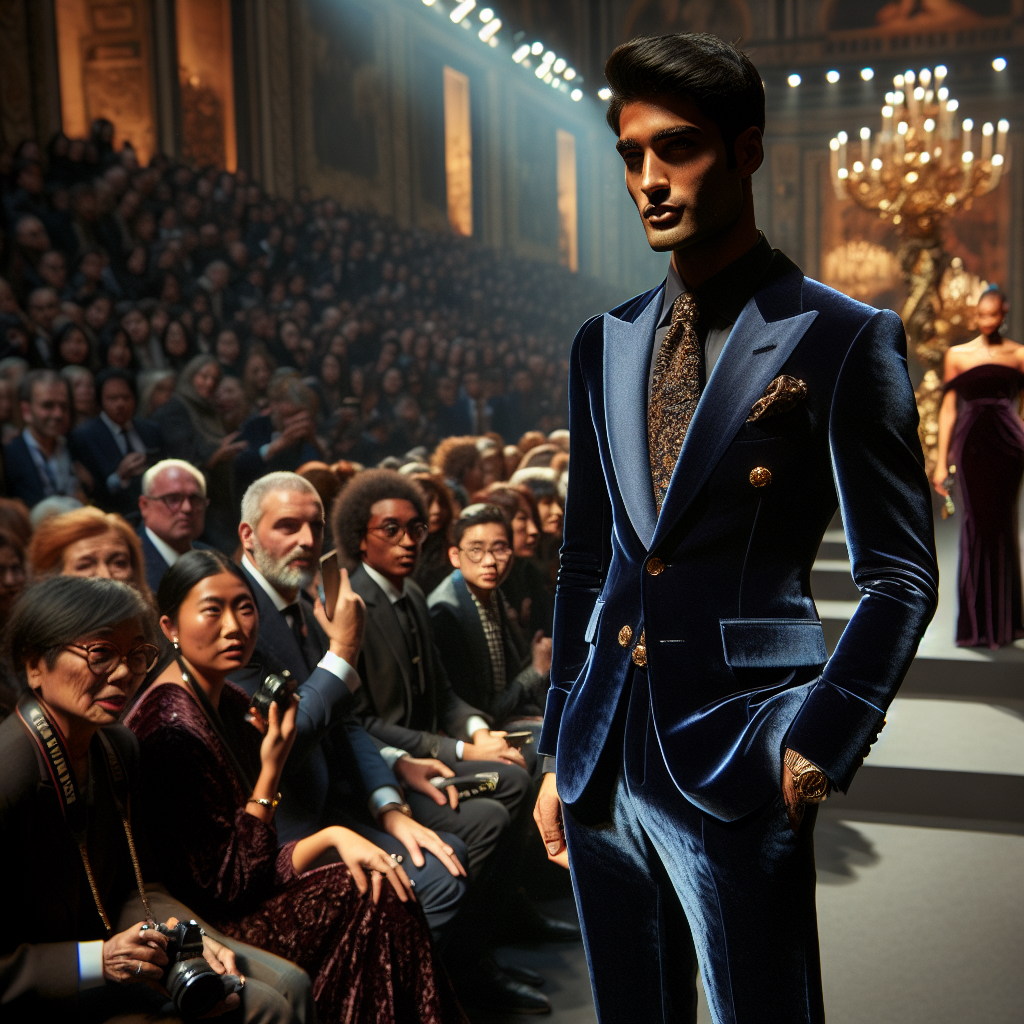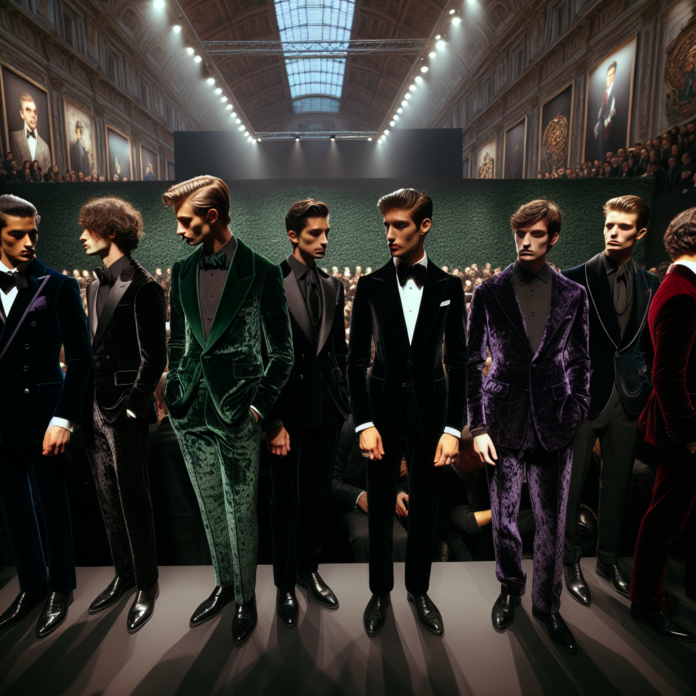The History of Velvet in Fashion

Pitti Uomo 105: A Love Affair with Velvet
The History of Velvet in Fashion
Velvet, with its luxurious and soft texture, has been a staple in the world of fashion for centuries. From its origins in ancient Egypt to its prominence in Renaissance Europe, velvet has always been associated with opulence and elegance. In this article, we will explore the history of velvet in fashion and its enduring appeal.
The origins of velvet can be traced back to ancient Egypt, where it was first woven from silk. The fabric was highly prized and reserved for the elite, as it required intricate craftsmanship and was time-consuming to produce. Velvet was considered a symbol of wealth and power, and it was often used to create garments for royalty and nobility.
During the Middle Ages, velvet continued to be a status symbol, but its production expanded to include other fibers such as cotton and wool. The fabric became more accessible to the upper middle class, and its popularity grew throughout Europe. Velvet was used to create sumptuous gowns, capes, and accessories, and it became a symbol of luxury and refinement.
In the Renaissance period, velvet reached its peak of popularity. It was favored by the Italian aristocracy and was often used in elaborate court costumes. The fabric was dyed in rich, vibrant colors and embellished with intricate embroidery and beading. Velvet gowns with voluminous skirts and tight bodices became the epitome of fashion, and women would go to great lengths to acquire these luxurious garments.
During the 18th and 19th centuries, velvet fell out of favor as fashion trends shifted towards simpler and more practical styles. However, it experienced a revival in the early 20th century, thanks to the Art Nouveau and Art Deco movements. Designers such as Paul Poiret and Madeleine Vionnet embraced velvet and incorporated it into their avant-garde creations. Velvet was used to create bias-cut dresses and draped gowns, showcasing its ability to drape and mold to the body.
In the 1960s and 1970s, velvet once again became a fashion staple. The fabric was embraced by the counterculture movement and was often seen in bohemian-inspired designs. Velvet pantsuits, maxi dresses, and jackets became popular choices for those seeking a more relaxed and free-spirited style.
Today, velvet continues to be a beloved fabric in the fashion industry. It is often used in eveningwear and formal attire, adding a touch of glamour and sophistication. Designers experiment with different textures and finishes, creating crushed velvet, devoré velvet, and burnout velvet. Velvet is also used in accessories such as shoes, bags, and even jewelry, further cementing its place in the world of fashion.
In conclusion, the history of velvet in fashion is a testament to its enduring appeal. From its origins in ancient Egypt to its prominence in Renaissance Europe and its modern-day revival, velvet has always been associated with luxury and elegance. Whether it’s a regal gown or a contemporary accessory, velvet continues to captivate designers and fashion enthusiasts alike. Its softness, richness, and versatility make it a fabric that will always have a place in the world of fashion.



